2022: A Year in Review
Check out our roundup of the week's top news and research in food, agriculture, and global development.
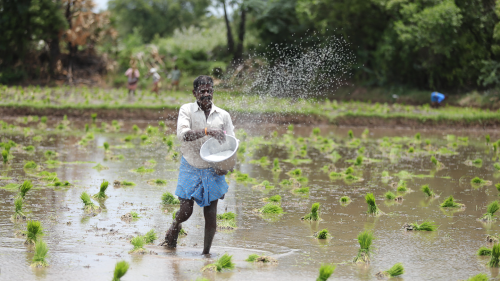
2022 was a big year for food and agriculture. From escalating climate change consequences to global conflict and COVID, the food system has undergone significant developments as it attempted to adjust to a rapidly changing world. In this special edition of Global Food for Thought, the Chicago Council on Global Affairs provides an overview of our work as we tracked global developments in food and agriculture.
Global Food Security Symposium 2022
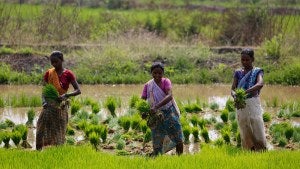 Play Video
Play Video
Overlapping crises from climate change, the COVID-19 pandemic, and conflict have brought unprecedented levels of disruption, from all-time high food and fuel prices to record rates of hunger and food insecurity impacting the world’s most vulnerable. The Council welcomed leading experts to discuss the global food and nutrition crisis, and the urgent action and coordination they recommend addressing it during the 2022 Global Food Security Symposium.
US Commitments in Nutrition and Health for a Better Future
Approximately 768 million people faced hunger in 2020, over 100 million more than 2019, and the number of those without sufficient nutrients is even higher. In the United States, diet-related disease accounted for over half of all deaths in 2018. Globally, approximately 45 percent of the deaths of children younger than five are related to undernutrition.
For decades, the United States has also experienced a rise in chronic diet-related diseases like diabetes, with disproportionate effects seen in communities of color. And as the COVID-19 pandemic has illustrated the link between nutrition and both risk and long-term consequences of pathogen infection, urgency to shift governmental nutrition approaches has never been higher. Our white paper offered recommendations to turn commitments into action.
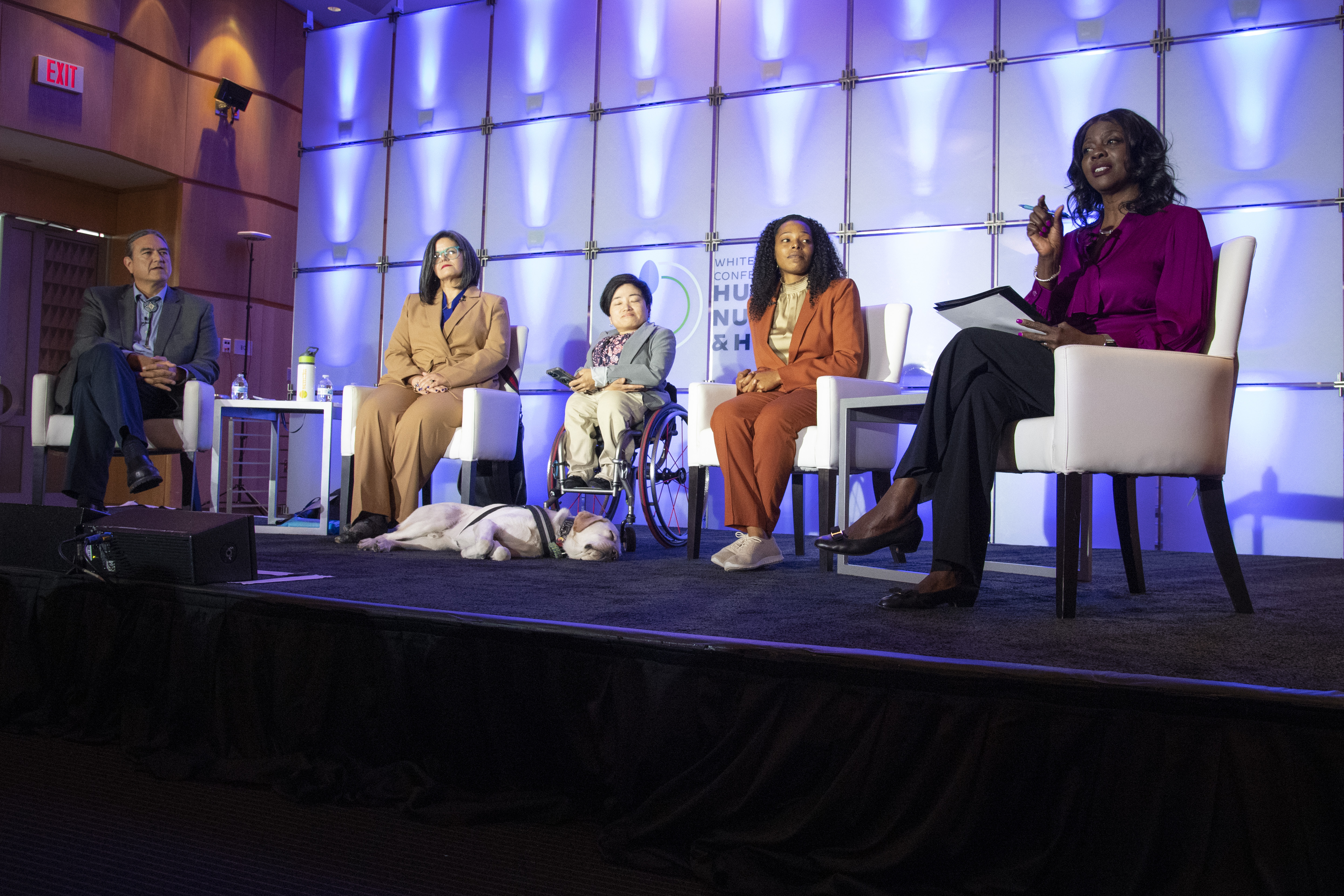
The Council convened a task force to provide recommendations to advance the goals of the 2022 White House Conference on Hunger, Nutrition, and Health, the first conference of its kind held since 1969.
Ambitious, Actionable Recommendations to End Hunger, Enhance Nutrition, and Improve Health in the United States: The Council partnered with Food Systems of the Future, the Friedman School of Nutrition Science and Policy at Tufts University, and World Central Kitchen to form the Task Force on Hunger, Nutrition, and Health. As an independent group of national leaders and experts, the task force released a comprehensive report to inform the 2022 White House Conference on Hunger, Nutrition, and Health.
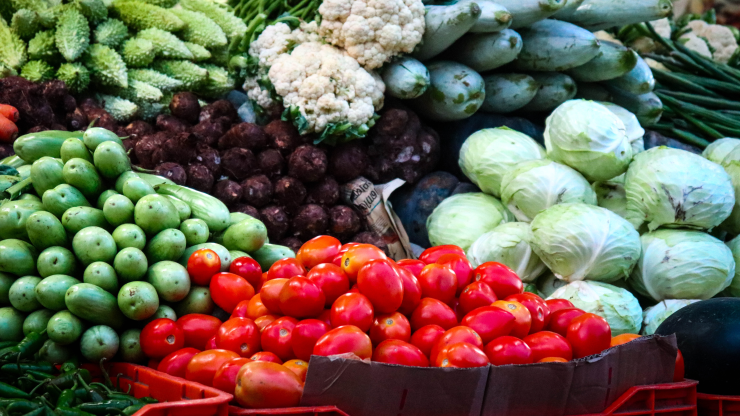
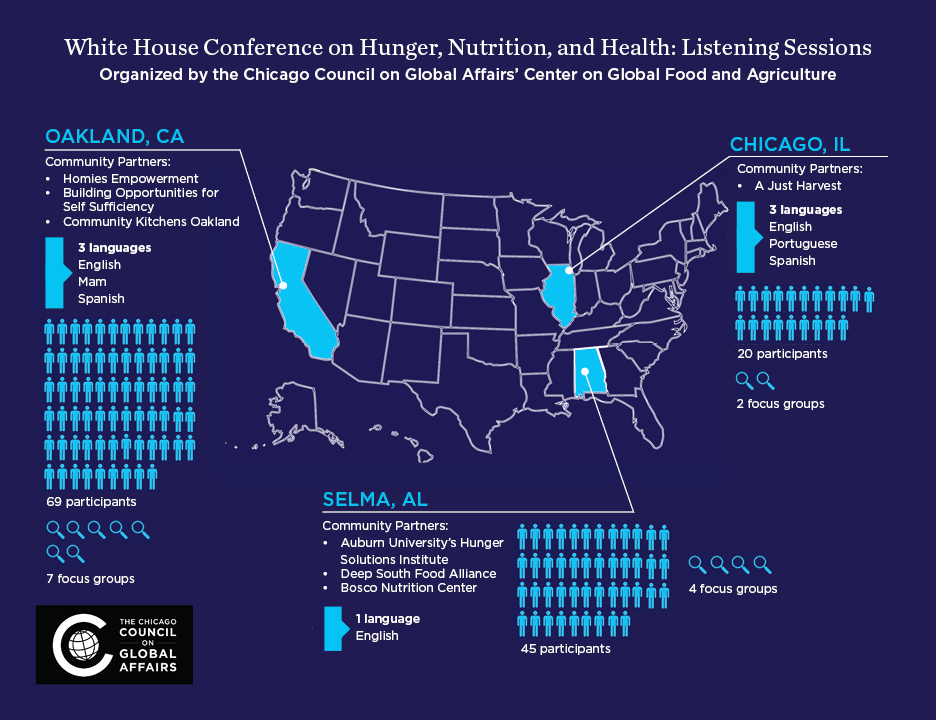
The Council’s Center on Global Food and Agriculture, with support from the Rockefeller Foundation, collaborated with World Central Kitchen to host listening sessions in Chicago, IL, Oakland, CA, and Selma, AL to help inform the task force report. The Center identified major themes in listening session participants’ feedback to develop a series of blogs illuminating key issues for consideration in the White House Conference on Hunger, Nutrition, and Health.
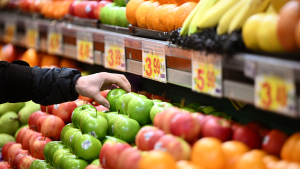 Food and Agriculture
Food and Agriculture
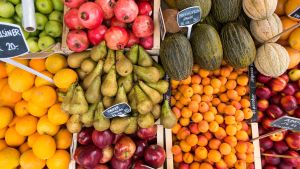 Food and Agriculture
Food and Agriculture
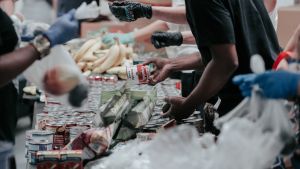 Food and Agriculture
Food and Agriculture
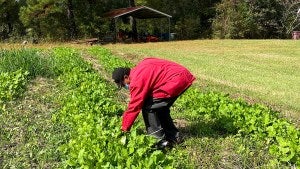 Food and Agriculture
Food and Agriculture
US Ambassador to the UN Linda Thomas-Greenfield on Tackling the Global Food Security Crisis
 Play Video
Play Video
The UN World Food Programme describes 2022 as a year of unprecedented hunger, with roughly 828 million people facing food insecurity. Climate change, along with overlapping global shocks including supply chain bottlenecks and the escalating Russia-Ukraine war have impacted food systems, both abroad and at home, with increasing pricing and food shortages. Ambassador Linda Thomas-Greenfield joined the Council following her recent trip to the African continent to discuss global food insecurity and how the United States is working with the international community to alleviate this rising crisis.
The Case for Inclusive Agricultural Development
Recognizing that inclusive agricultural development is a nuanced and multifaceted issue, this brief featured four expert perspectives on how to ensure the United States’ agriculture and food security assistance reflects not only the priorities of local communities, but also communities’ own metrics of success. The four chapters explored inclusive development through a case study of how to embed trust and flexibility into programs for greater local ownership, the need for women’s leadership, social enterprises’ potential for scalable and locally led systems change, and participatory agricultural research. The brief concluded with policy recommendations to further government efforts.
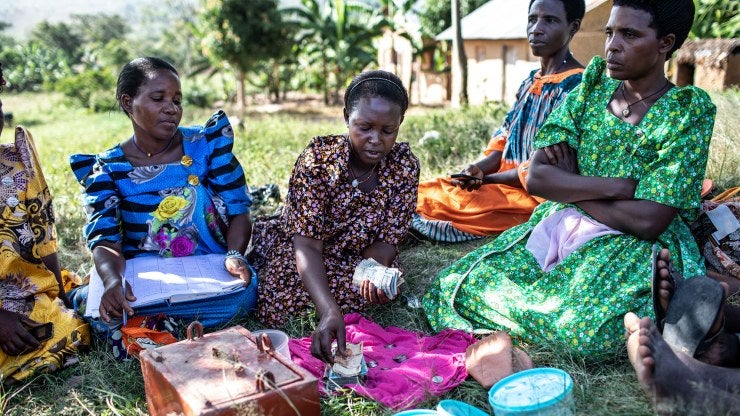
Conference on Agriculture for Health
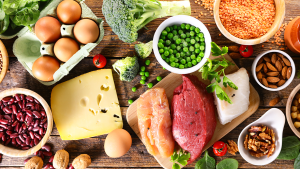 Play Video
Play Video
Highlighting the importance of a systems-based approach to address challenges around reducing chronic disease, supporting a healthy environment, while ensuring profitability for producers, the Conference on Agriculture for Health serves as a focal point for convening influential thought leaders. Leaders from academia, government, private and nonprofit sectors gathered together to kickoff conversations that will help to solve the ultimate grand challenge of balancing human health, environmental health, and economic vitality.
Stewardship, Sovereignty, and Solutions
In October 2022, the Council launched the blog series “Stewardship, Sovereignty, and Solutions” which features the voices of guest authors from Indigenous organizations and communities. Recognizing that Indigenous communities around the world disproportionately experience the pressures of climate change, global conflicts, and the pandemic, while simultaneously stewarding 80 percent of the world’s biodiversity, the blog series aims to highlight Indigenous and traditional agricultural practices in the United States and globally. In bringing attention to Indigenous agriculture and foodways, we hope to promote a truly inclusive global food system that recognizes and actively counteracts the oppression of Indigenous peoples.
 Food and Agriculture
Food and Agriculture
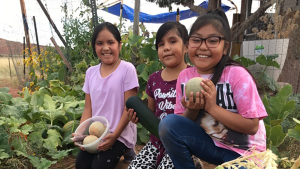 Food and Agriculture
Food and Agriculture
 Food and Agriculture
Food and Agriculture
 Food and Agriculture
Food and Agriculture
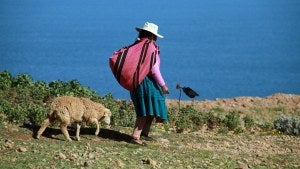 Food and Agriculture
Food and Agriculture
 Food and Agriculture
Food and Agriculture
From Climate Pledges to Transformative Action
Acknowledging the unprecedented potential of recent commitments and international attention given to food systems and climate change, the Council convened an expert roundtable with representatives from the private, public, academic, and nonprofit sectors to move beyond abstract goals to identify concrete actionable steps for United States agrifood stakeholders. This paper outlines three key areas for action that were identified through the roundtable and offers recommendations to the private sector, donor community, civil society, academia, and government.
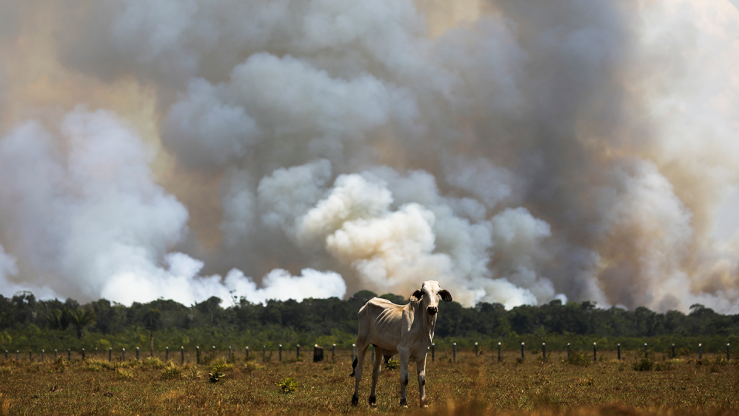
Land Acknowledgement Statement
The Center on Global Food and Agriculture recognizes it occupies the ancestral land of the Kiikaapoi, Peoria, Kaskaskia, Bodwéwadmi, and Myaamia people. Indigenous communities around the world disproportionately experience the pressures of climate change, global conflicts, and the COVID-19 pandemic, while simultaneously stewarding 80 percent of the world’s biodiversity. These Indigenous tribes and nations are the original owners of this land and continue to be systemically erased by policies and practices that ignore their histories. To learn more about Indigenous foodways and practices, check out our 2022 blog series "Stewardship, Sovereignty, and Solutions."

